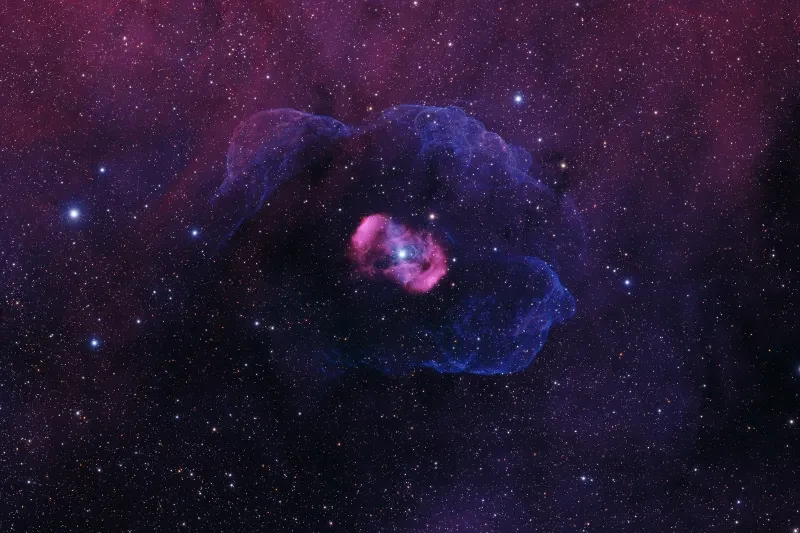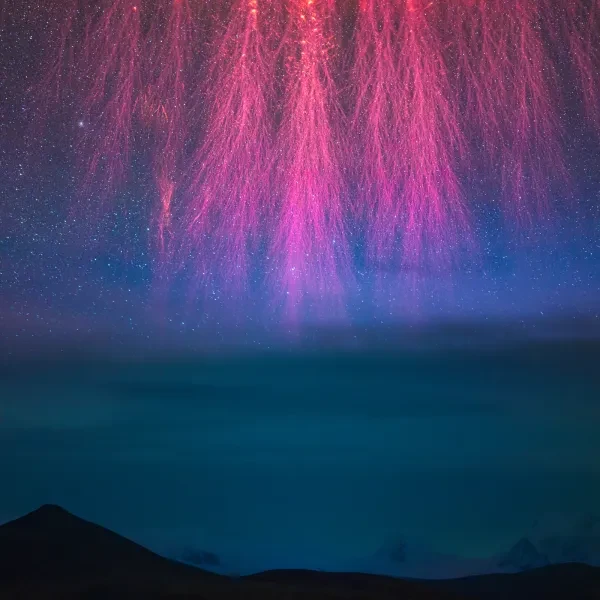The skies above us are filled with shining pinpoints of light that we call stars, tiny twinkling dots that seem miniscule and distant. Often accompanying these fiery spheres are shrouds of dust and gas that we call nebulae.
Some are stellar nurseries where infant stars are born, others are leftover remnants of dying stars at the end of their lives. Regardless of their origins, nebulae are truly magnificent structures to behold, and what better way to see them than in expertly captured imagery.
This year’s entrants have produced images of stars and nebulae that are truly stunning, revealing vast structures in ways that we’ve never seen before. The shapes, colours and features exhibited remind us of how much variety is on display in the night sky, even if most of it is simply too faint for our eyes to see.
Explore the winning image and the full shortlist below.
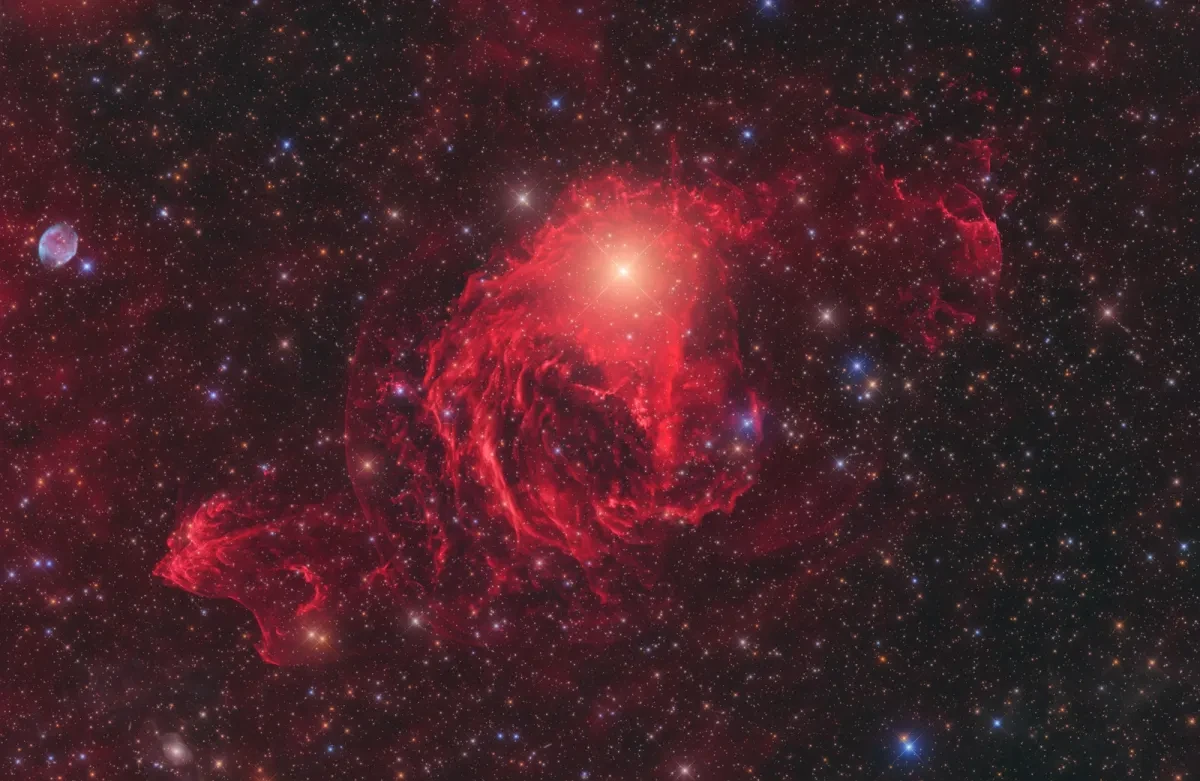
The winning image
New Class of Galactic Nebulae Around the Star YY Hya by Marcel Drechsler
Taken in Ovalle, Chile, 8 March 2021–8 April 2022
"Our team of amateur astronomers, led by Marcel Drechsler from Germany and Xavier Strottner from France, was able to make an important contribution to the study of the evolution of binary star systems: on old images of sky surveys, we discovered a previously unknown galactic nebula," say the photographers.
"In its centre, a pair of stars surrounded by a common envelope was found. For the first time, amateurs and scientists have succeeded in providing evidence for a fully developed shell of a so-called ‘common envelope system’. In over 100 nights, more than 360 hours of exposure time were collected. The result shows an ultra-deep stellar remnant that the team has baptized ‘the heart of the Hydra'."
Equipment used: ASA Newtonian 500 mm telescope, ASA DDM85 mount, FLI ProLine 16803 camera, 1,900 mm f/3.8, 890 x 1,200-second exposures, 672 x 300-second exposures and 15 x 1,800-second exposures
This is an absolutely breathtaking image of the YY Hya star and its interstellar environment. Remarkably, the nebula was discovered during a search for previously unknown galactic emission nebulae. After more than 360 hours of exposure time the photographer revealed a gorgeous ultra -deep stellar remnant. Not only is this image truly captivating, but it also serves as a fantastic illustration of how amateurs and professional astronomers can come together and achieve great results through collaboration.
Yuri Beletsky, competition judge
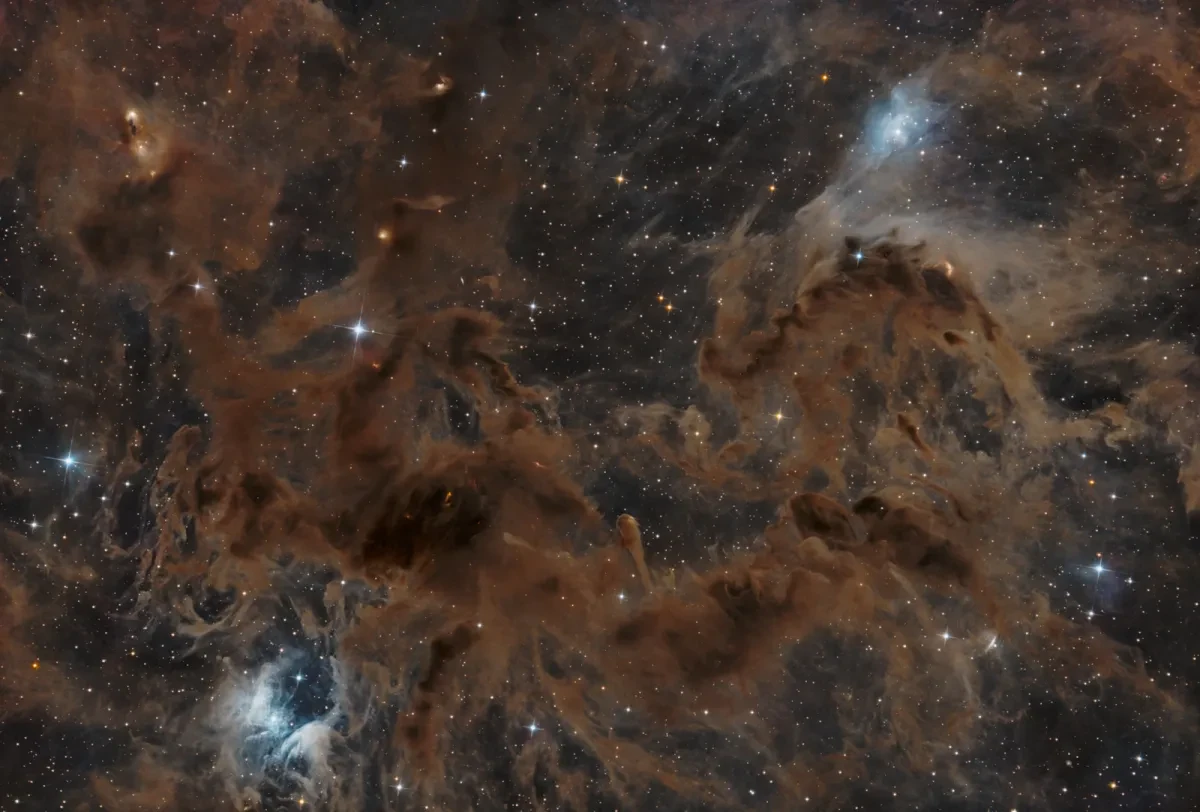
Runner-up
LDN 1448 et al. by Anthony Quintile
Taken in Flagstaff, Arizona, USA, 13, 15–18 and 20–21 November 2022
Anthony explains, "One of my main goals when selecting objects, at least nebulae, is to find something that will intriguingly fill the field of view and provide an opportunity to explore. The dust in this part of the sky really meets that objective. This is immediately proximate to the more spectacular and more often photographed NGC 1333. However, the numerous catalogued objects in this field hold their own."
Equipment used: Sky-Watcher Quattro 250P telescope, Losmandy G11 Gemini 2 mount, ZWO ASI2600MC Pro camera, Starizona Nexus 0.75 x reducer/corrector, 750 mm f/3, Gain 100, 1,022 x 120-second exposures
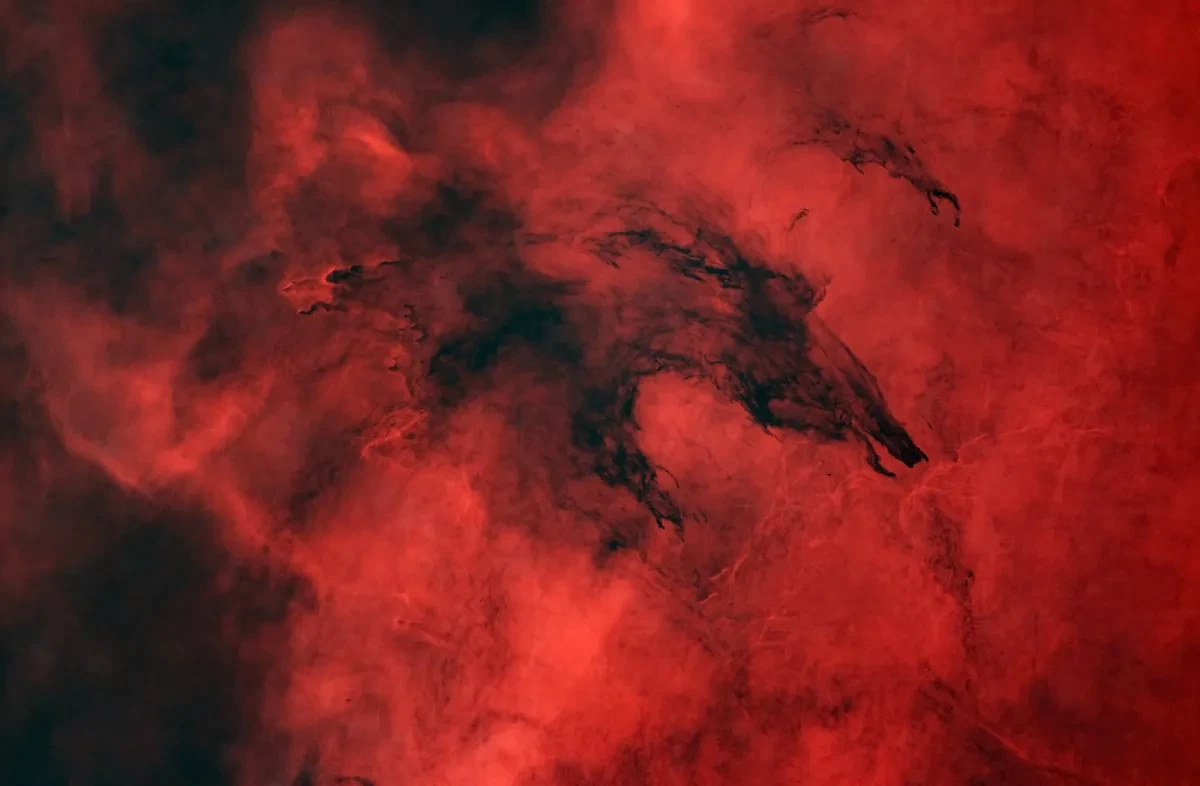
Highly commended
The Dark Wolf - Fenrir by James Baguley
Taken in Canberra, Australian Capital Territory, Australia, 2–4 May 2022
"This image shows a dark, thick molecular cloud in the form of what appears to most people as a wolf, surrounded by a thick backdrop of hydrogen gas. This object has also been referred to as Fenrir, the wolf in Norse mythology. I chose a starless image to really emphasise the beautiful shape of the wolf with the striking red background of the most abundant element in our universe," says James.
Equipment used: Sidereal Trading 10" f/4 Newtonian telescope, Optolong L-eXtreme filter, iOptron CEM60EC mount, ZWO 2600MC Pro camera, 1,000 mm f/4, 165 x 300-second exposures, 13 hours 24 minutes total exposure time
Never miss a shooting star
Sign up to our space newsletter for exclusive astronomy news, guides and events.
See the full shortlist
Explore all the photographs in the Stars and Nebulae category.
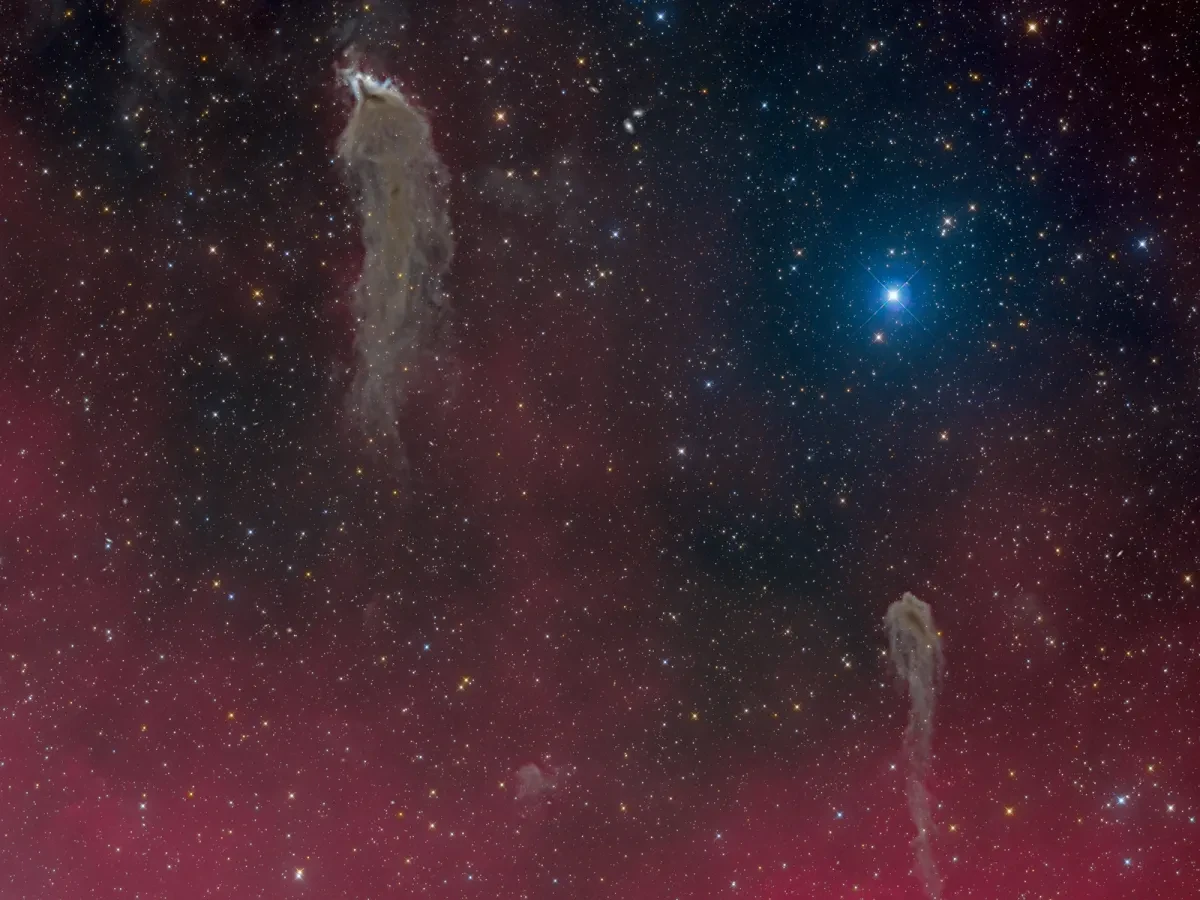
Cometary Globules CG1 and CG2 by Marco Lorenzi
El Sauce Observatory, Río Hurtado, Chile, 3 March 2022
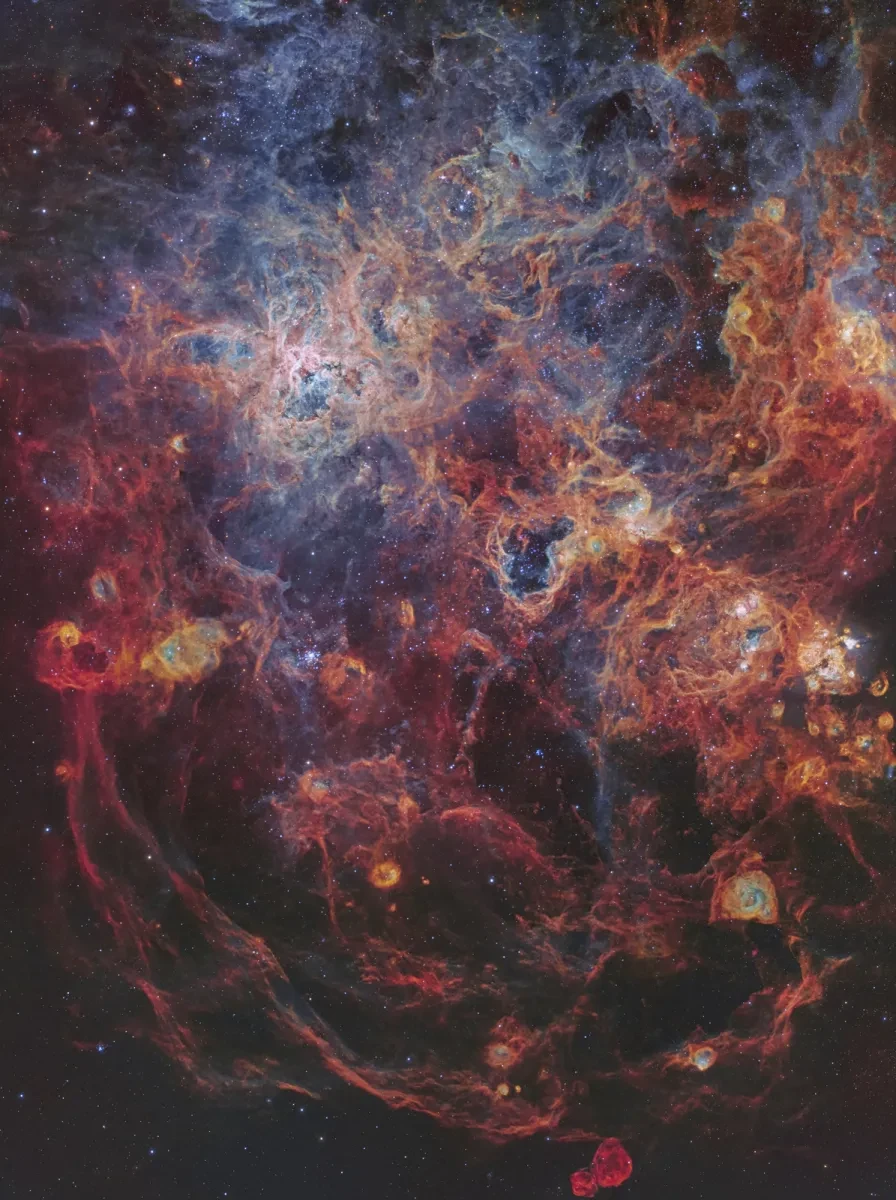
The Majestic Tarantula Nebula by Steeve Body
Bentleigh, Victoria, Australia, 3–6 October 2022
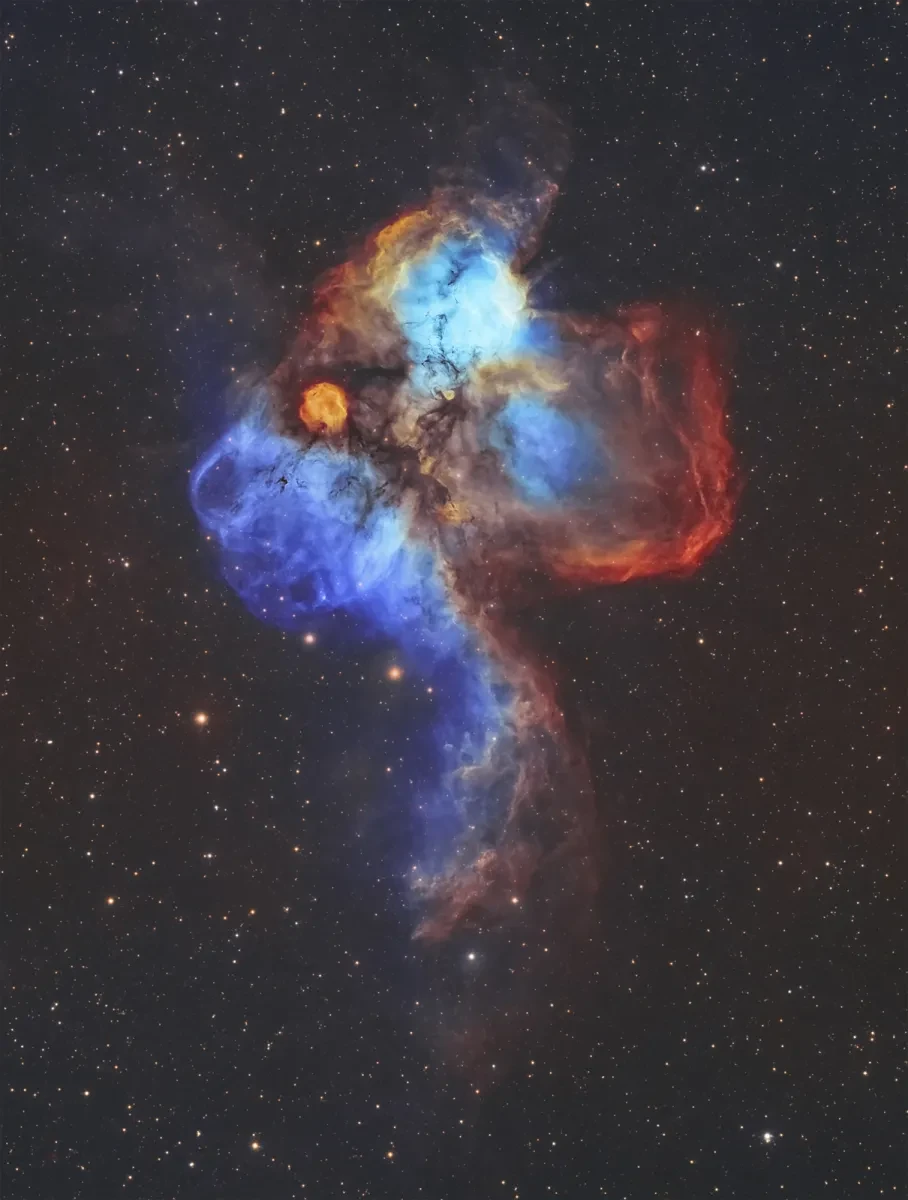
Cosmic Mandrill by Shaun Robertson
Melbourne, Victoria, Australia, 28 and 31 January and 11, 15, 19 February 2023
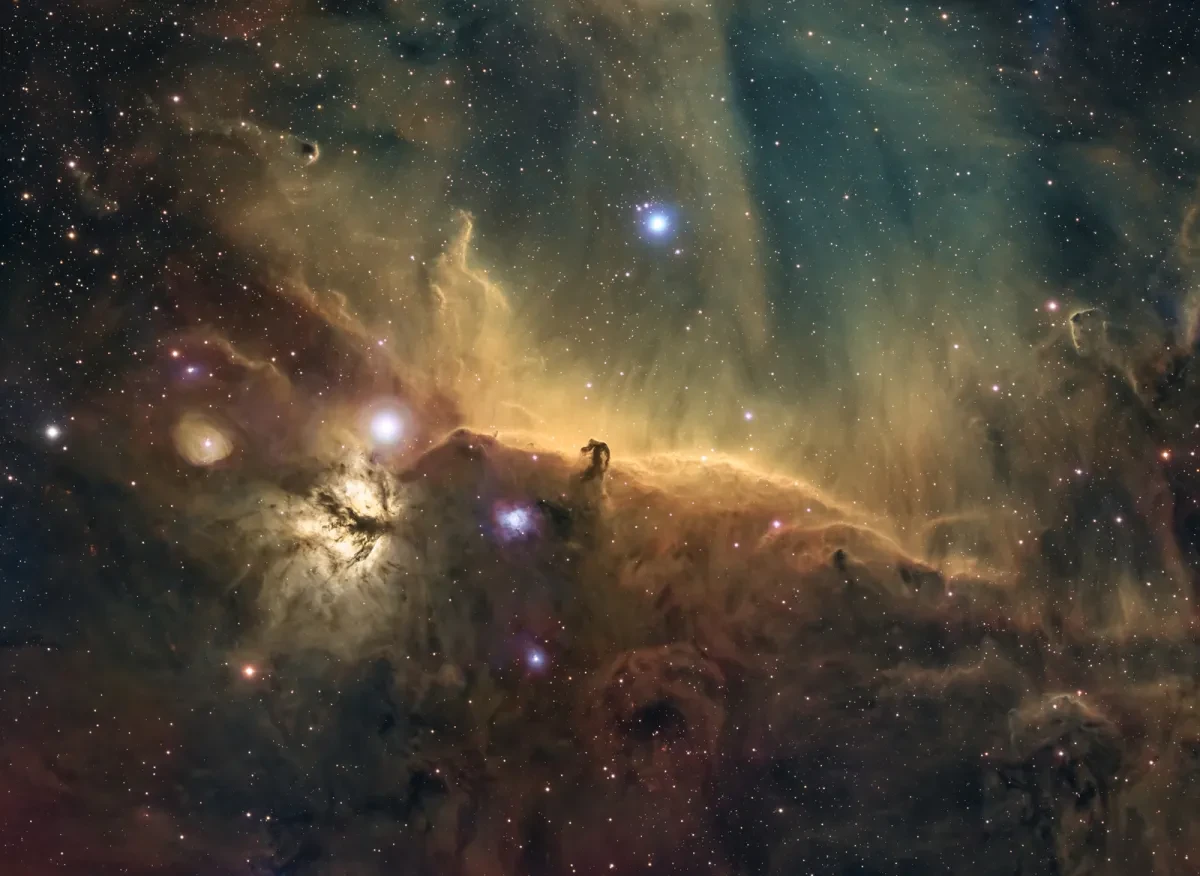
B33 Horsehead Nebula by Josh Jones
Pendleton, Oregon, USA, 7–8 and 10–12 October 2022
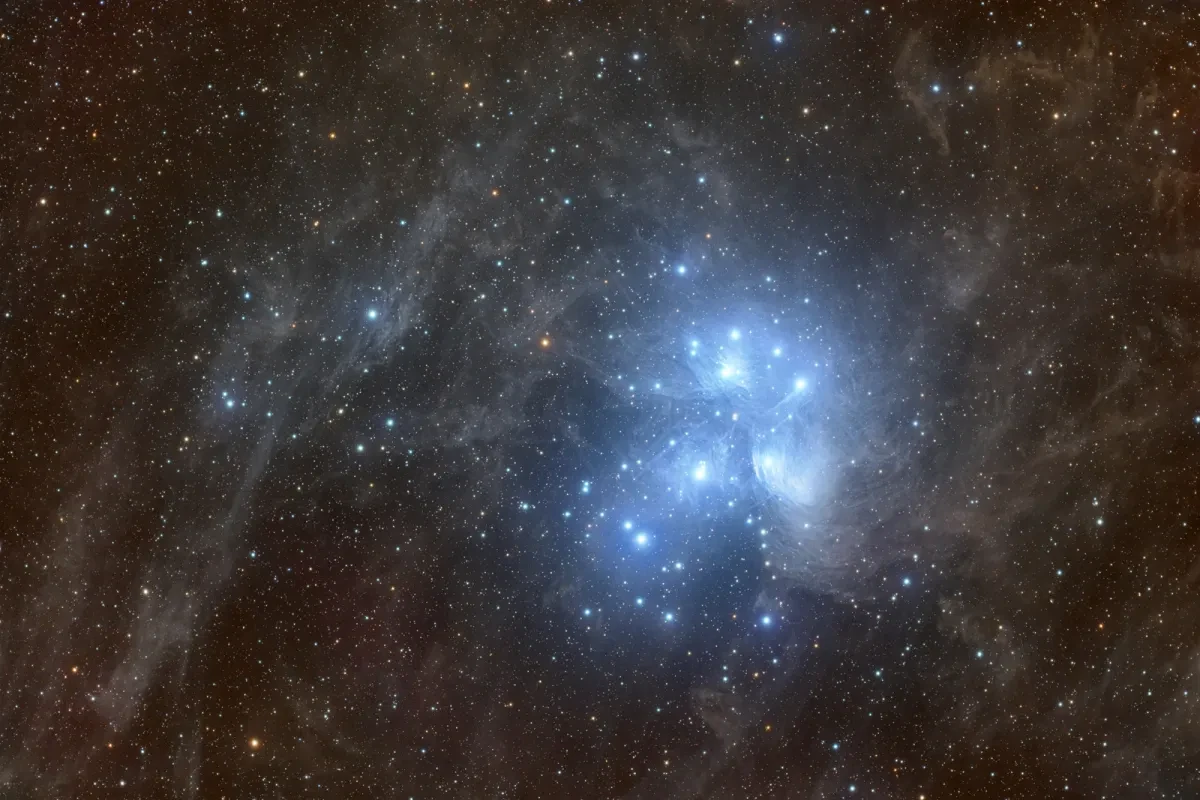
Pleiones Daughters by André Vilhena
Santa Susana, Portugal, 1 October 2022 and 18 January 2023
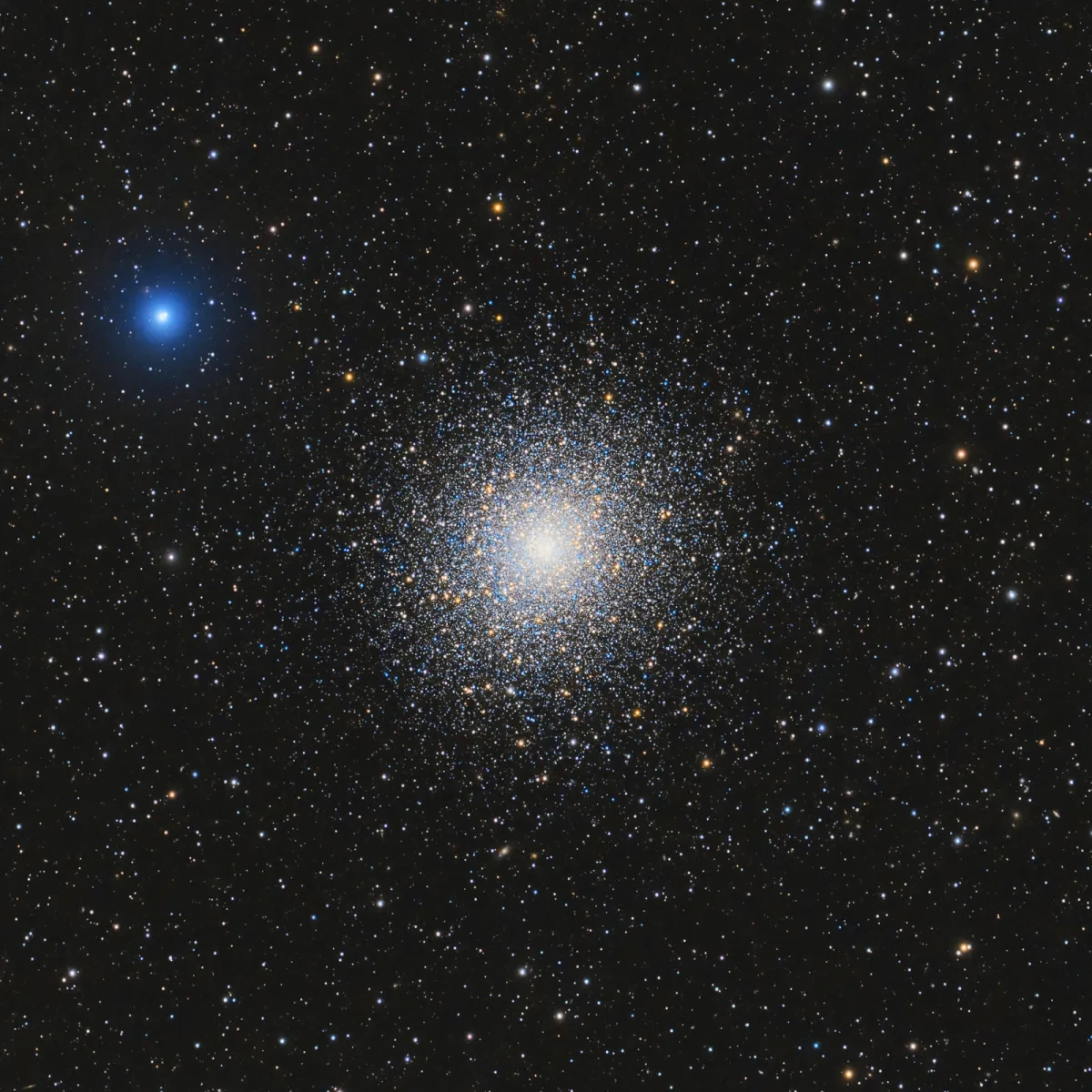
M5 Globular Cluster by Leo Shatz
Mitzpe Ramon, Negev Desert, Israel, 28 April and 2 June 2022
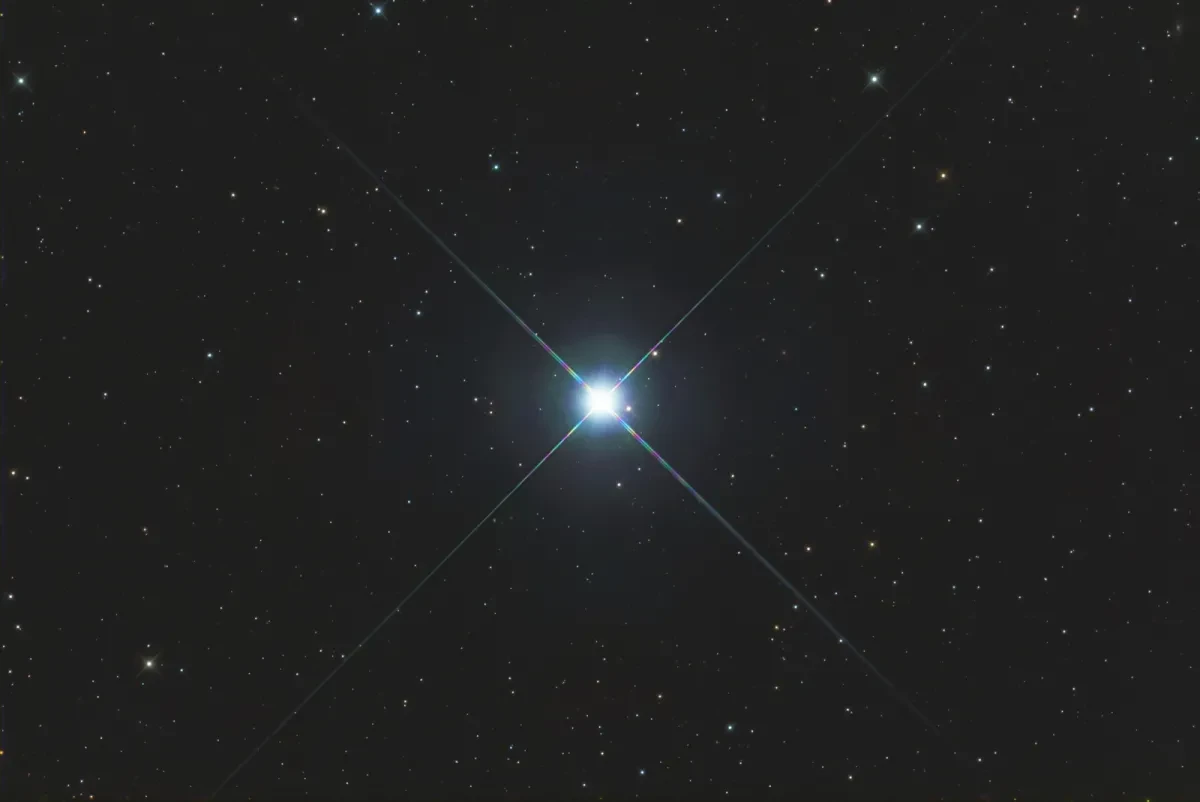
Splitting Castor by Chad Leader
Fairfax, Virginia, USA, 28 February 2023
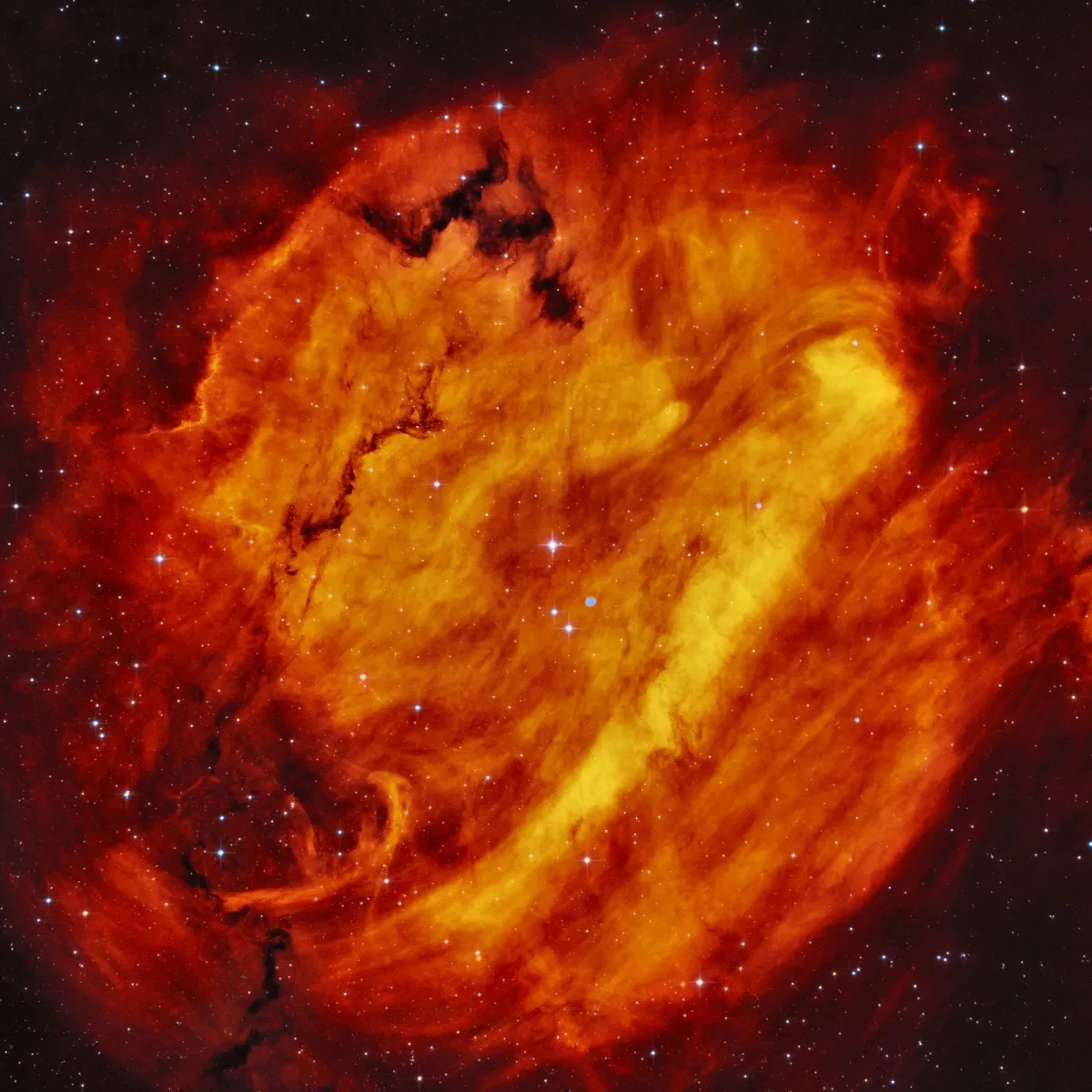
The Red Giant by Bence Toth
Sződliget, Pest, Hungary, 6–10, 12, 14 and 15 February 2023
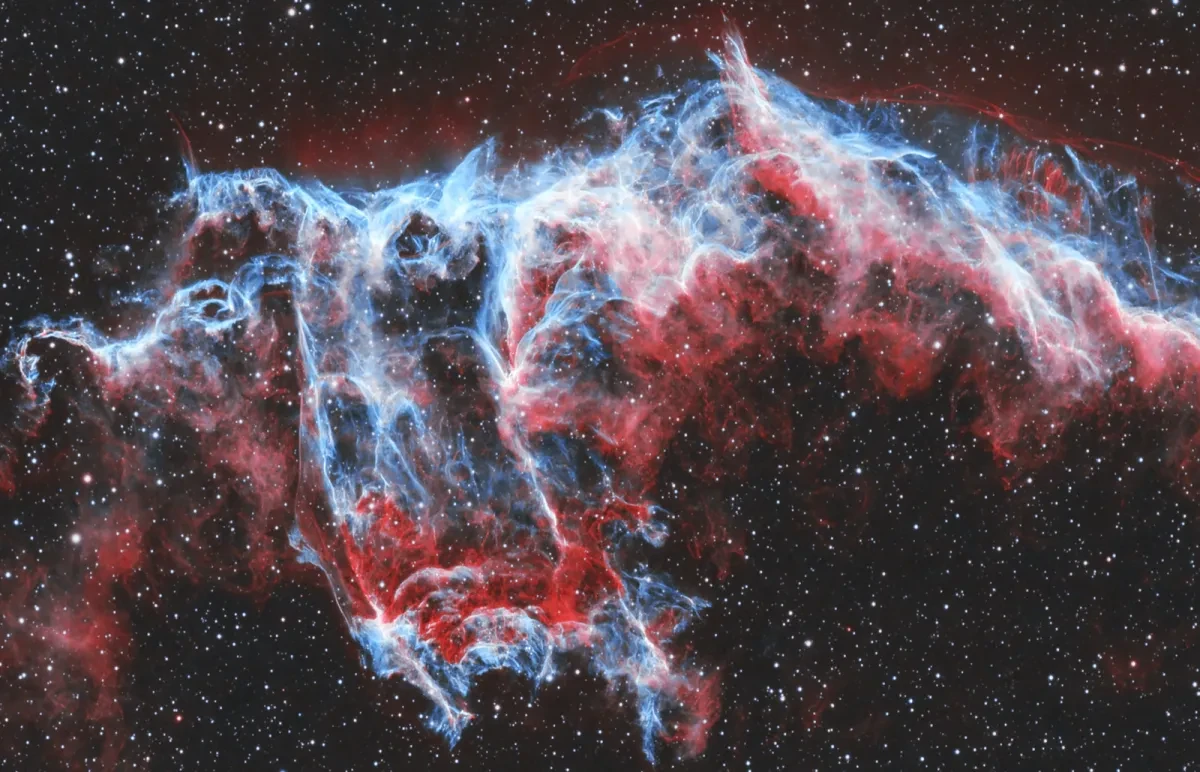
Bat in Eastern Veil - Or Is It an Owl? by Brendan Kinch
Cartagena, Spain, 20 August 2022
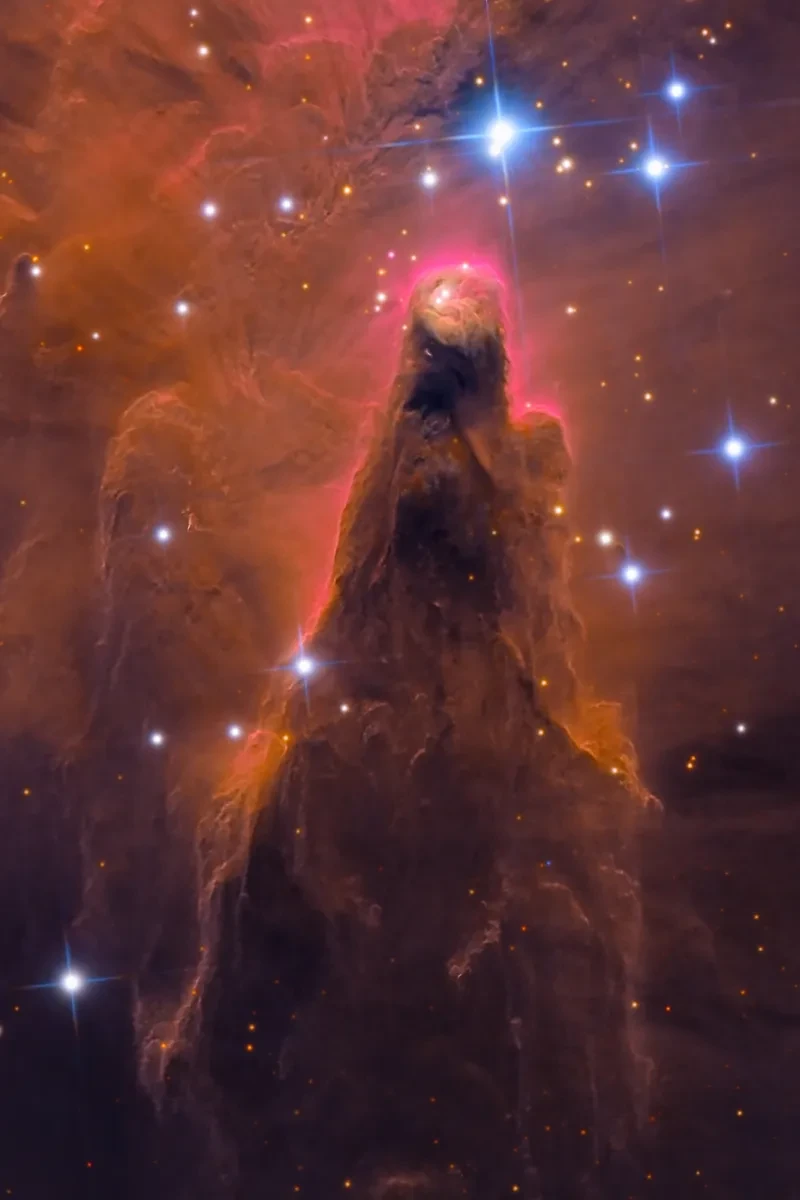
The Cone Nebula by Matt Dieterich
El Sauce Observatory, Río Hurtado, Chile, 22–26 December 2022
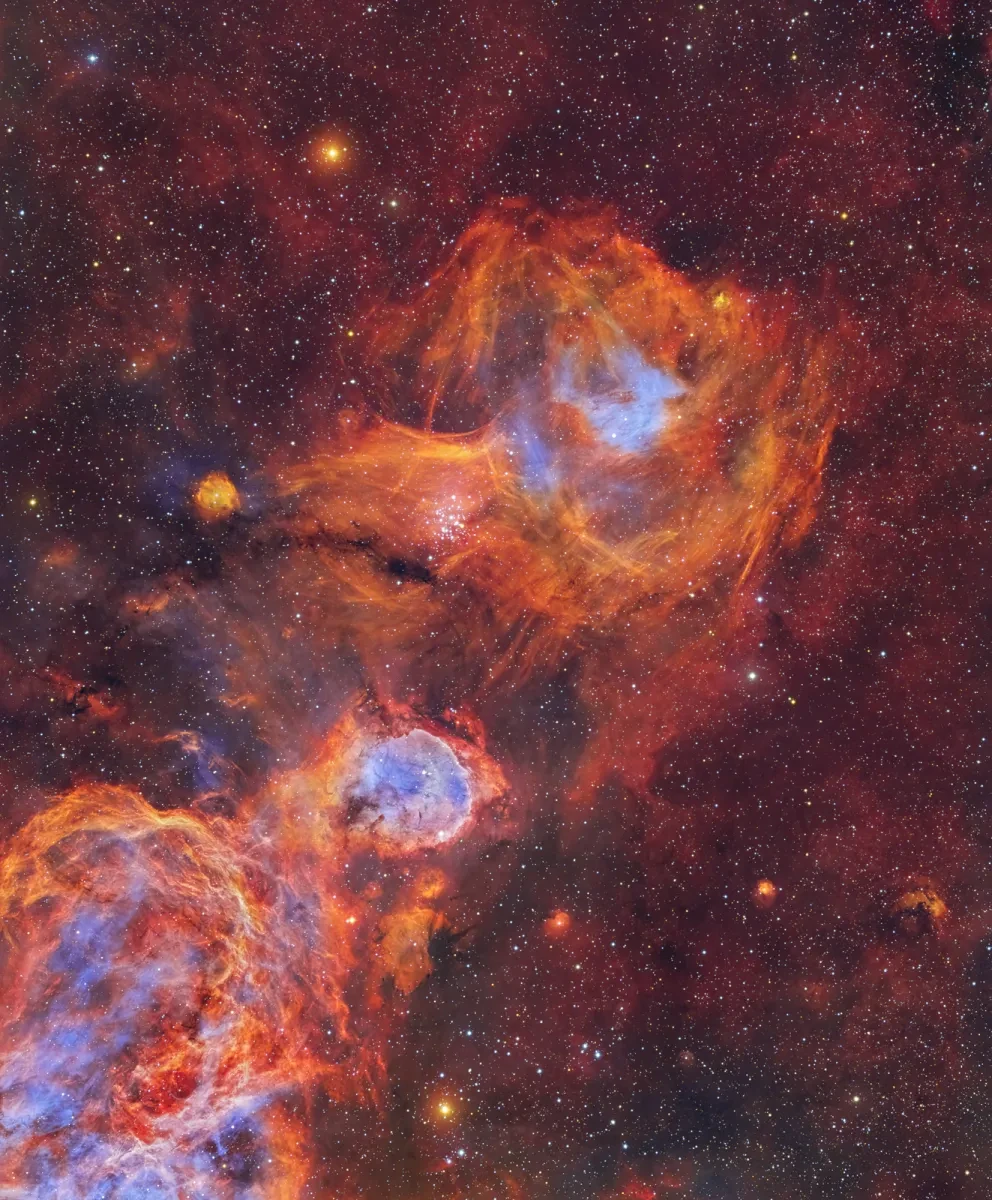
Gabriela's Gems NGC 3324 by Andrew Campbell
Melbourne, Victoria, Australia, 13 April 2022
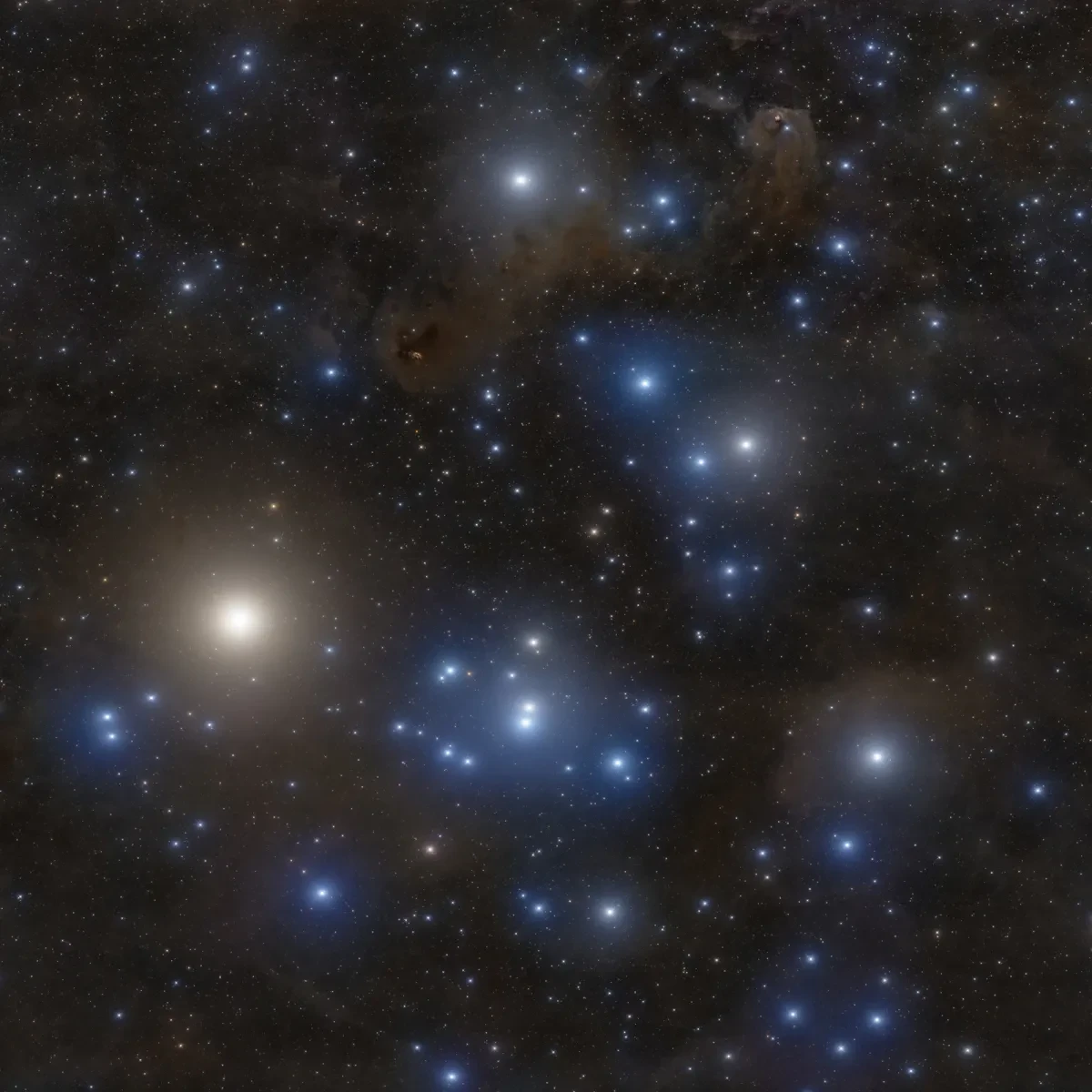
Hyades by Maurice Toet
Étoile-Saint-Cyrice, Hautes-Alpes, France, 25–28 October 2022
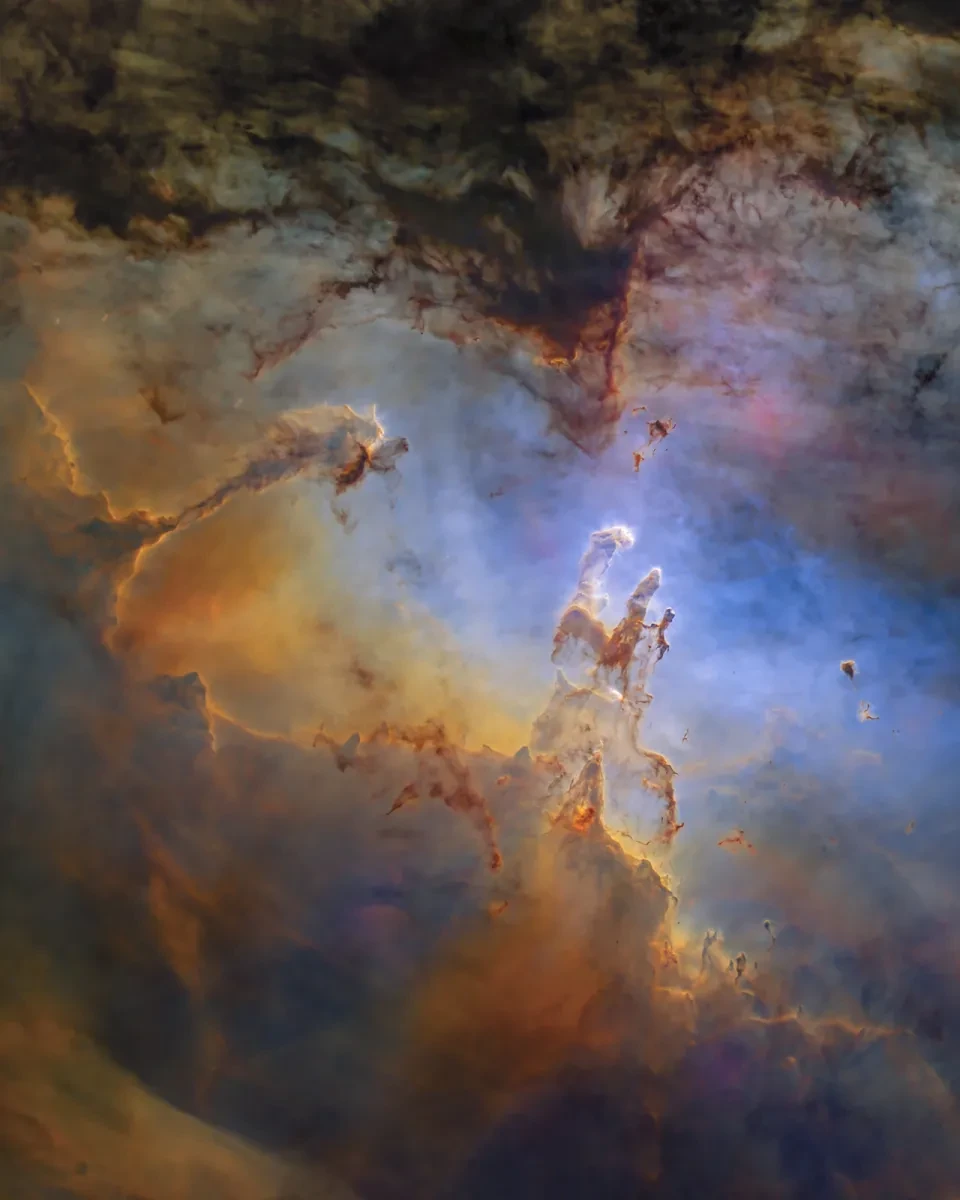
Starless Pillars by Jason Guenzel
Milford, Michigan, USA, 1 August 2022
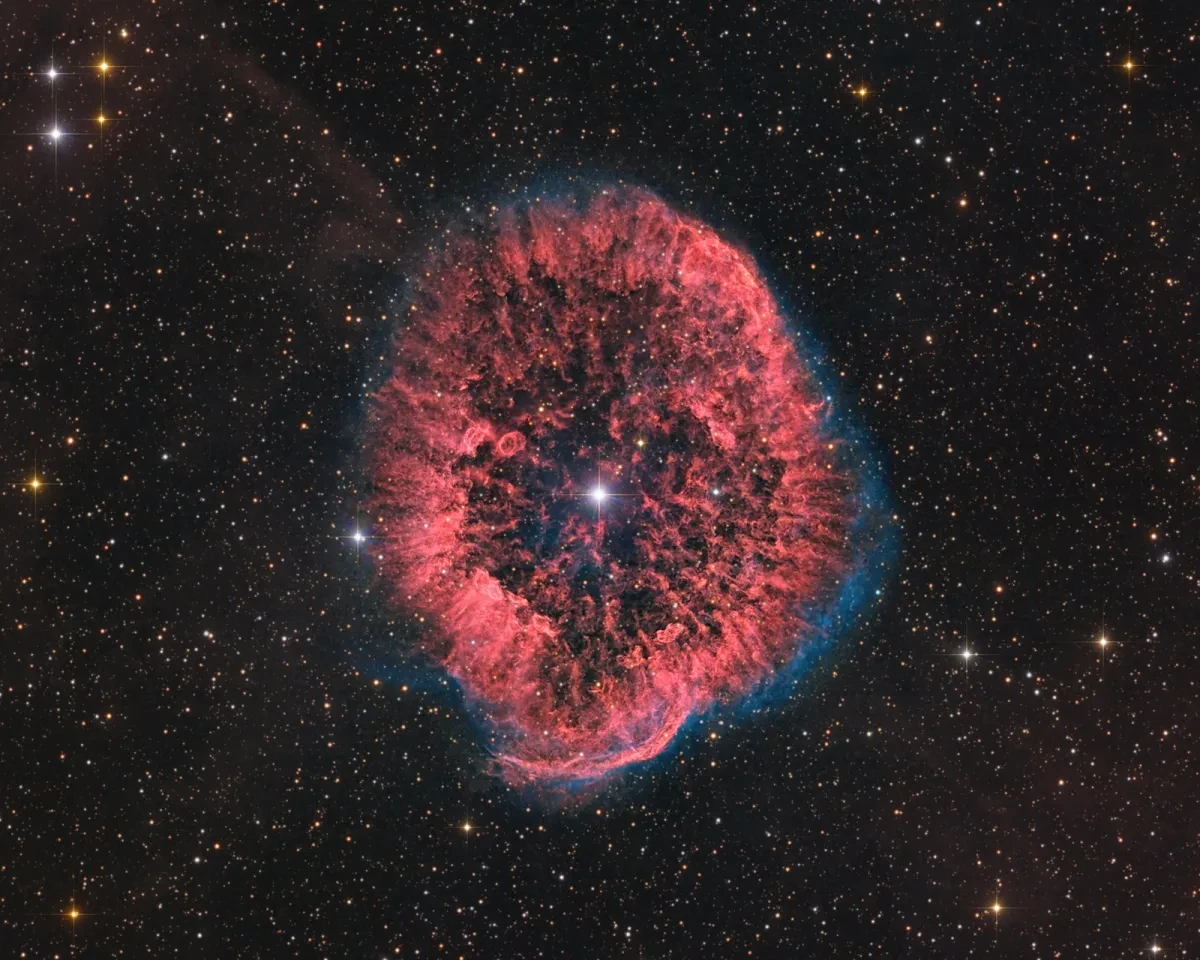
RCW58: Wolf Rayet Bubble by Mark Hanson and Mike Selby
El Sauce Observatory, Río Hurtado, Chile, 25 and 29 January 2023
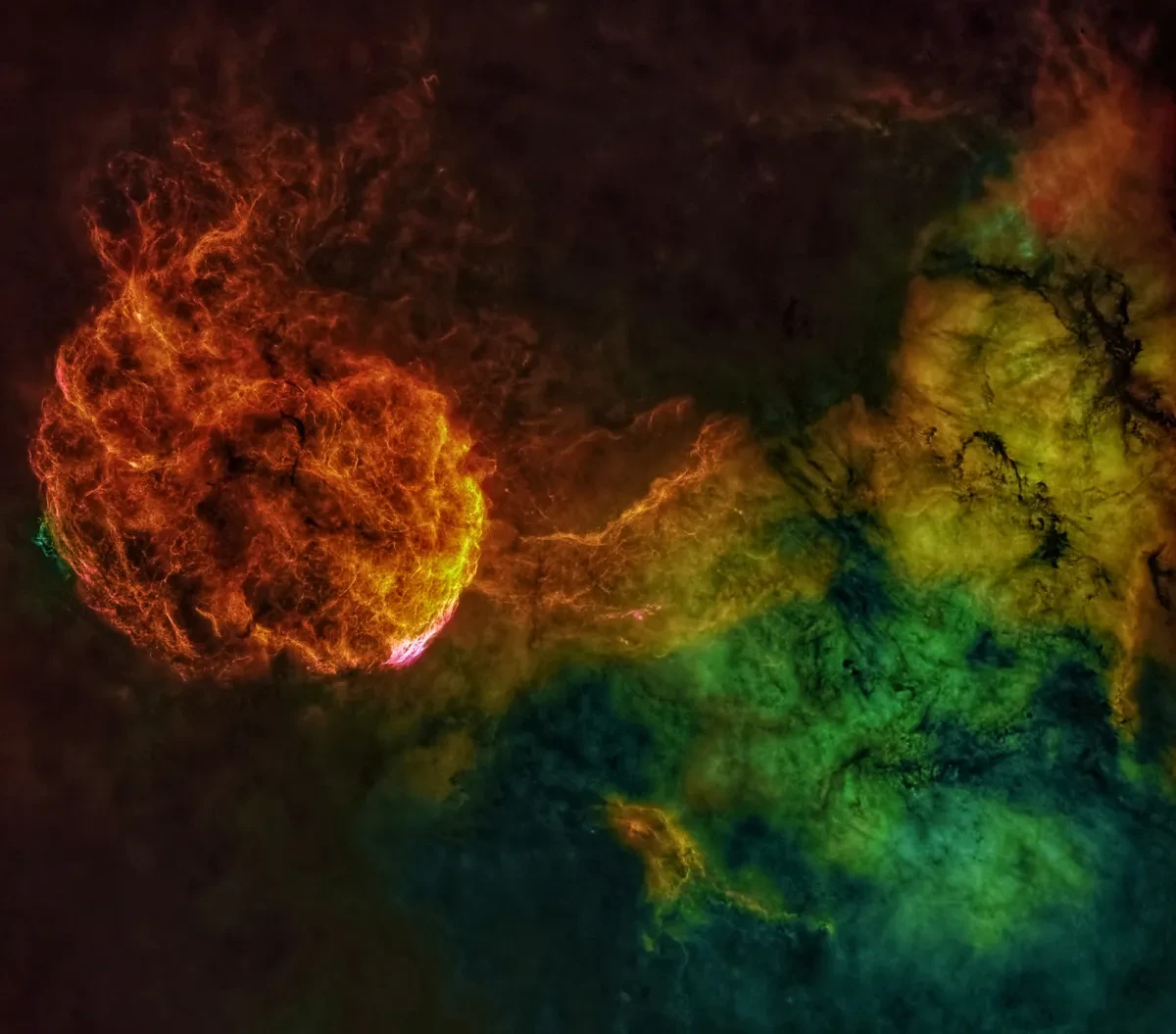
Jellyfish Nebula by Peter Larkin
Coppet, Vaud, Switzerland, 14–19 February 2023
Our partners


